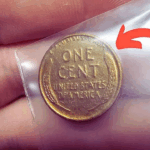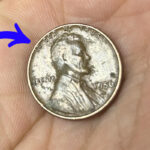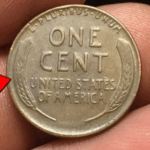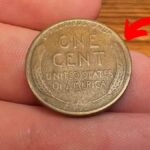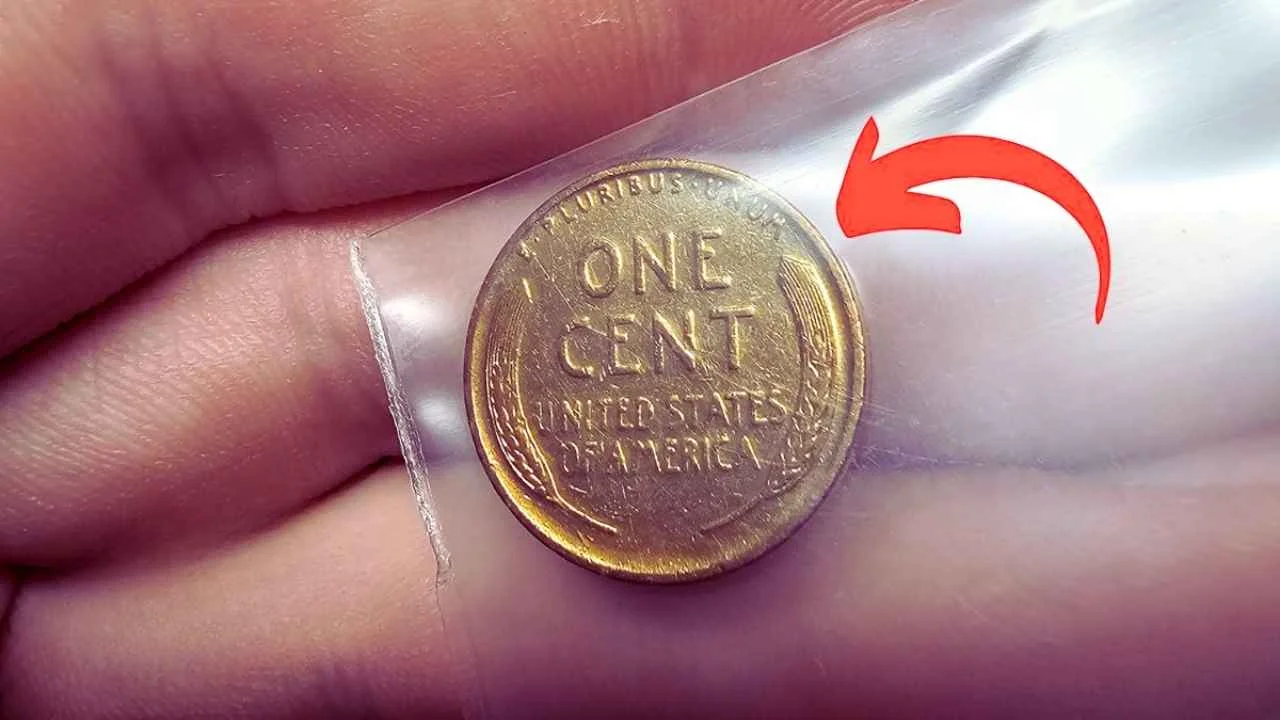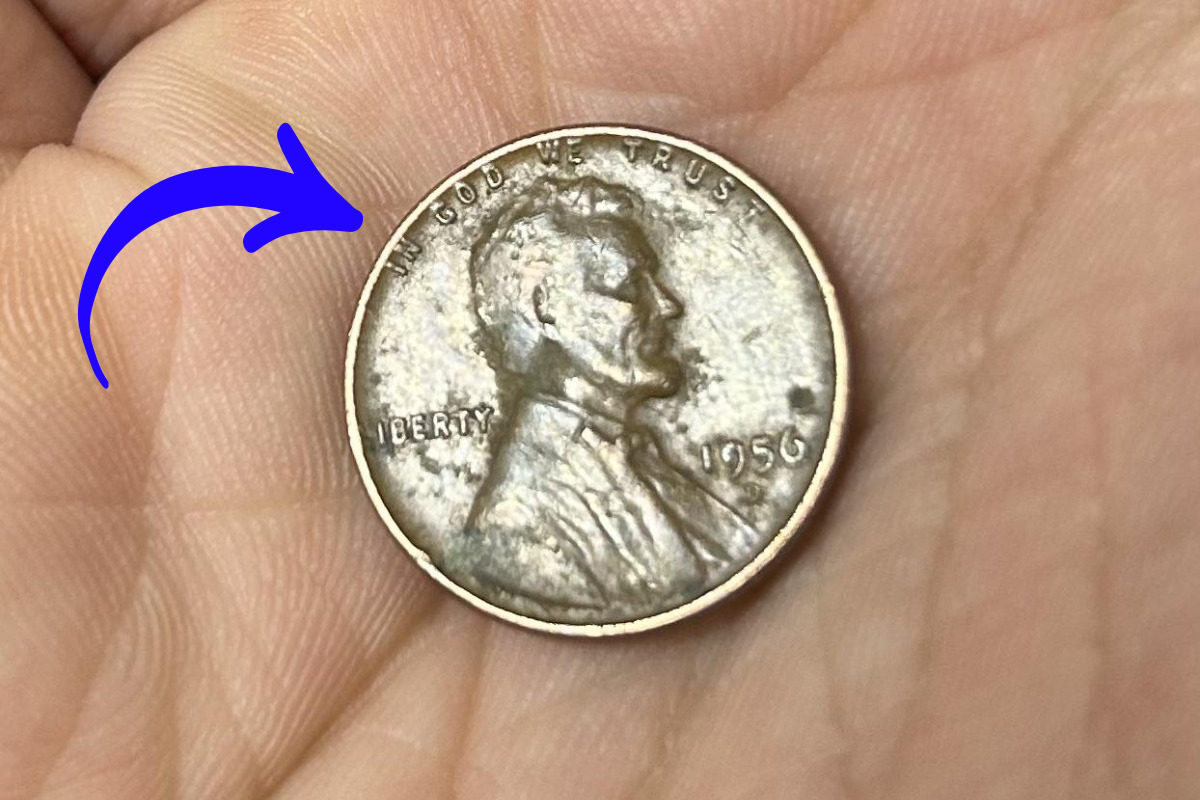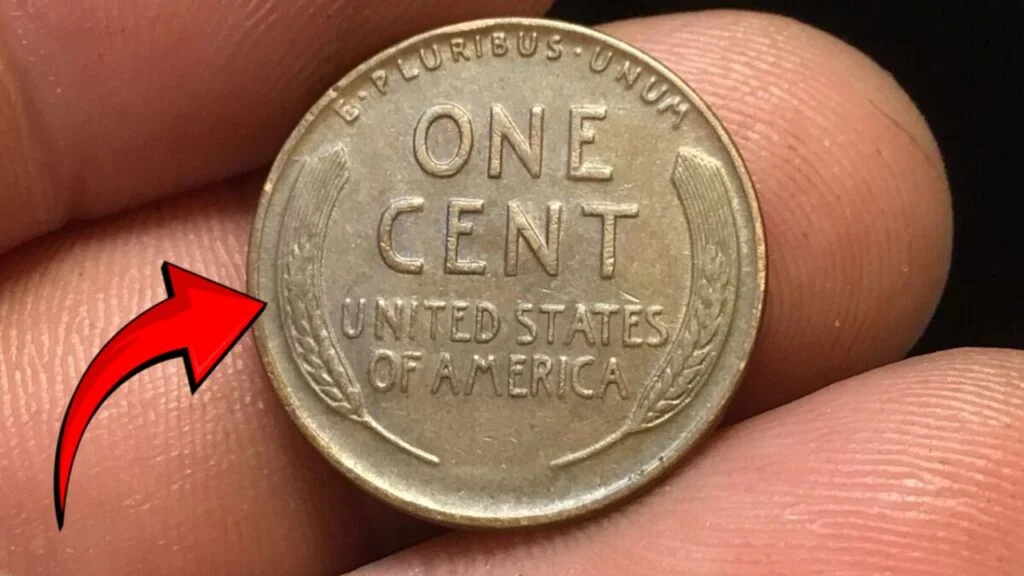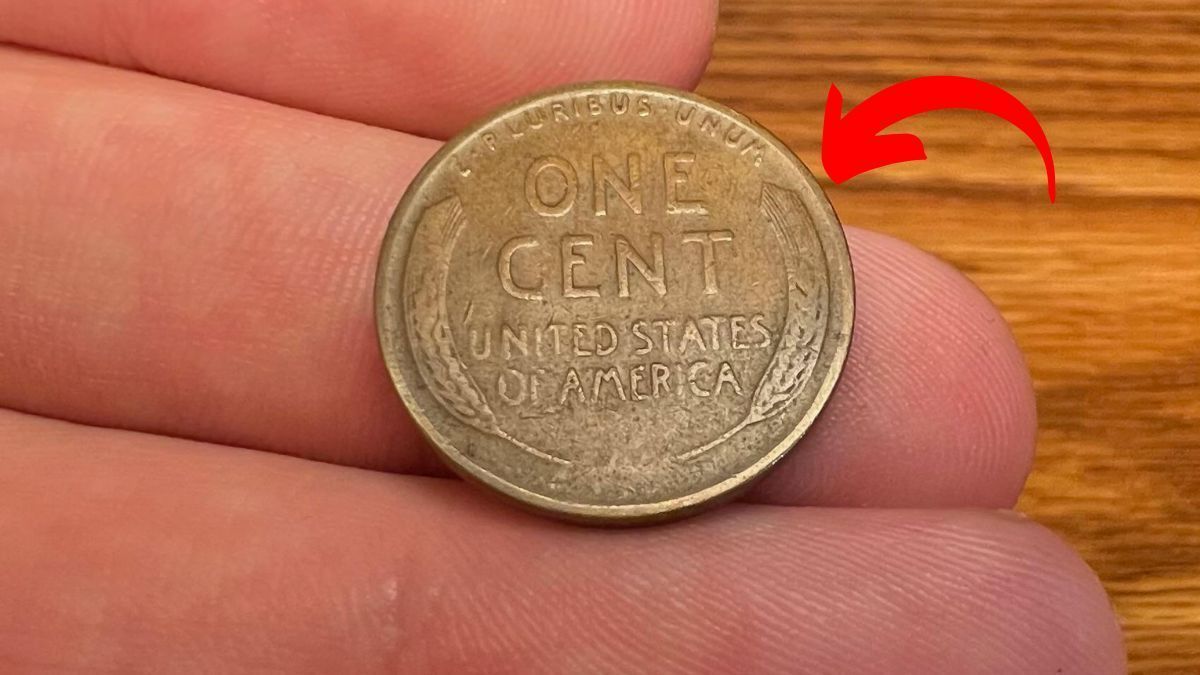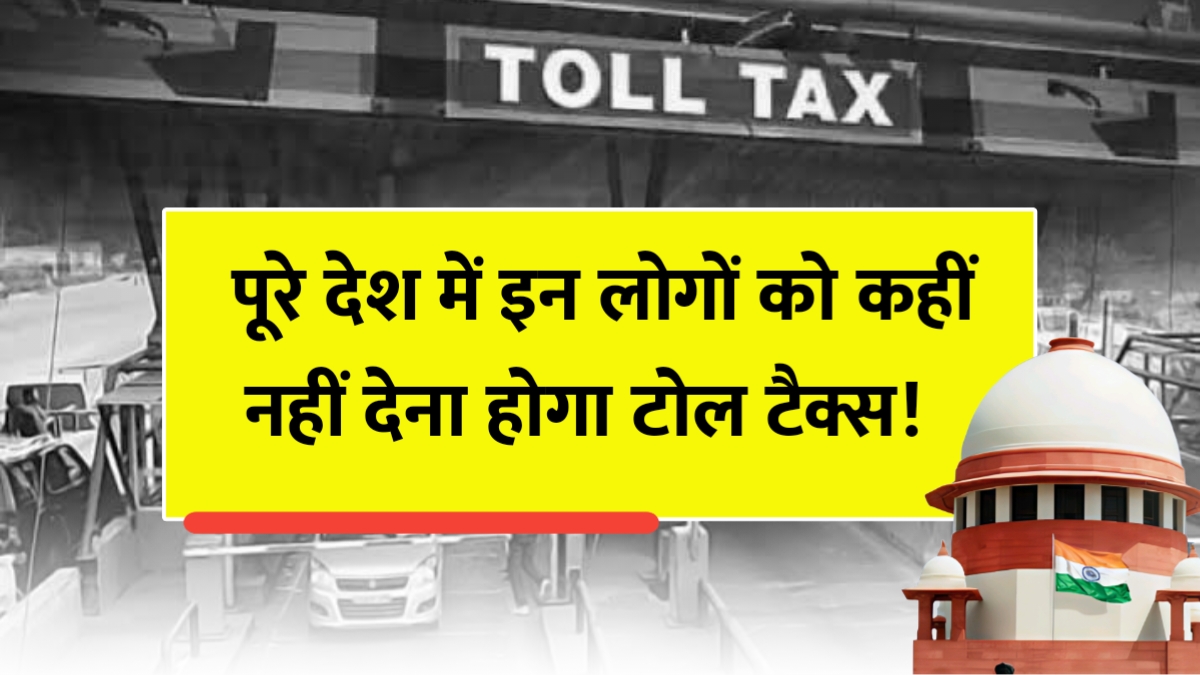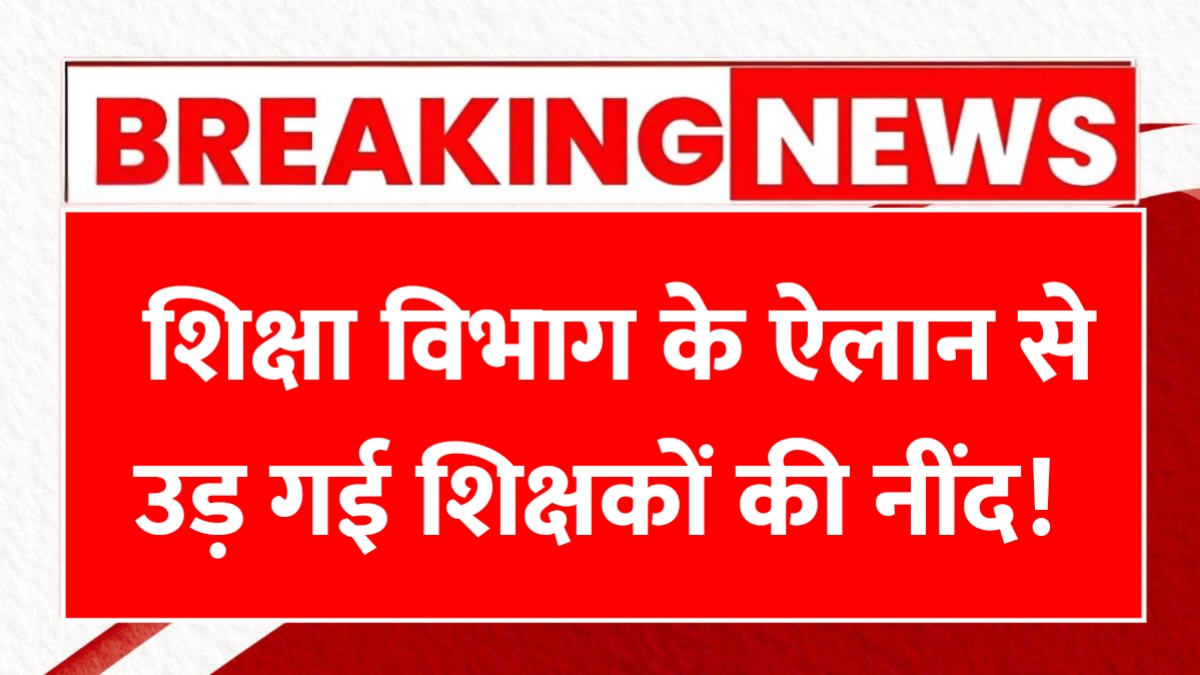The Lincoln Wheat Penny Valued at $575K: The world of coin collecting was recently shaken when a seemingly ordinary penny sold for an extraordinary price of $575,000, equivalent to approximately 4.8 crore rupees. This remarkable sale has captured the attention of collectors and everyday people alike, proving that hidden treasures might be sitting right in our pockets or old coin collections. The story of this valuable penny demonstrates how manufacturing mistakes can sometimes become incredibly valuable finds.
The Science Behind Die Crack Errors
During the coin production process, metal dies are used to stamp designs onto blank pieces of metal. These dies function like giant stamps, pressing the familiar images and text we see on coins. However, after thousands of strikes, these metal tools can develop stress fractures or cracks. When a damaged die continues to be used, it creates coins with unique markings that appear as raised lines or unusual patterns on the finished product.
These manufacturing flaws create what collectors call die crack errors. The appearance of these cracks can vary dramatically, from barely visible hairline marks to bold, prominent lines that cross the entire coin surface. Some collectors have given these errors colorful names like Lightning Strikes when the crack resembles a jagged bolt, or Cud Errors when the damage creates a raised blob along the coin’s edge.
The Record-Breaking Wheat Penny Discovery
The Lincoln Wheat Penny series holds a special place in American numismatic history, having been produced from 1909 to 1958. These coins are easily recognizable by the two wheat stalks depicted on the reverse side, which gave the series its popular nickname. The particular penny that achieved the record-breaking sale price featured an exceptionally large and clearly defined die crack that ran dramatically across its surface.
What made this coin particularly special was not just the size of the error, but also its remarkable preservation. The coin had survived decades in near-mint condition, which is extremely rare for pennies that typically see heavy circulation. This combination of a significant minting error and excellent preservation created the perfect storm for a valuable collectible that would eventually command hundreds of thousands of dollars at auction.
Identifying Valuable Pennies in Your Collection
Anyone with old pennies should take time to examine them carefully, especially those from the Lincoln Wheat Penny era spanning 1909 to 1958. When inspecting coins, look for raised lines or cracks running across the surface, unusual metal bumps or protrusions along the edges, lightning-like patterns, or irregular blob formations. Other valuable errors include coins that appear off-center or show double images from being struck twice.
A simple magnifying glass or even a smartphone camera with zoom capability can help reveal these tiny details that might otherwise go unnoticed. Many valuable coins have been discovered by people who took the time to look closely at their loose change or inherited coin collections. Even minor imperfections can sometimes translate to significant value in the collector market.
Factors That Determine Error Coin Value
Not every die crack or minting error will result in a fortune, but several factors can significantly increase a coin’s worth. Rarity plays a crucial role, as fewer error coins typically survive in circulation compared to normal coins. The visibility and uniqueness of the error also matter greatly, with more dramatic and obvious flaws generally commanding higher prices.
The historical significance of the coin adds another layer of value, particularly for early mint errors or coins from significant time periods. Condition remains paramount, as even the most interesting error becomes less valuable if the coin is heavily worn or damaged. A minor die crack on a common penny might be worth anywhere from one hundred to several thousand dollars, depending on these various factors.
Steps for Handling Potential Discoveries
If you believe you have found a valuable error coin, proper handling becomes essential. Never attempt to clean the coin or remove dirt, as this can destroy its value. Always hold coins by their edges to avoid leaving fingerprints or causing scratches. Research your find by comparing it with known error coins through online databases and auction records.
Professional appraisal represents the next logical step, whether through visiting a reputable coin dealer or submitting photographs to established grading services. Joining collector communities, both online and in person, can provide valuable insights and help verify whether your discovery has genuine value in the marketplace.
Disclaimer: The information provided in this article is for educational purposes only. Coin values fluctuate based on market conditions, rarity, and condition. Always consult professional numismatists or certified grading services for accurate valuations before making any buying or selling decisions.

